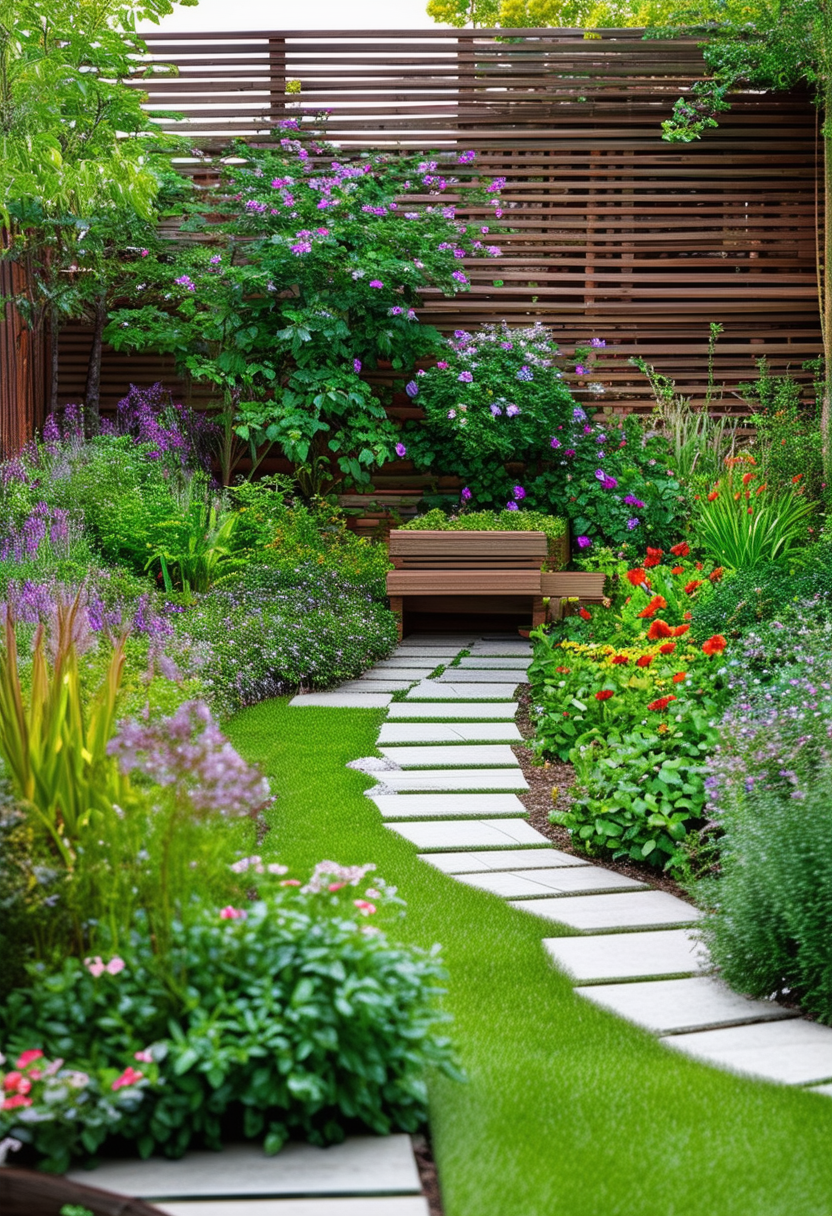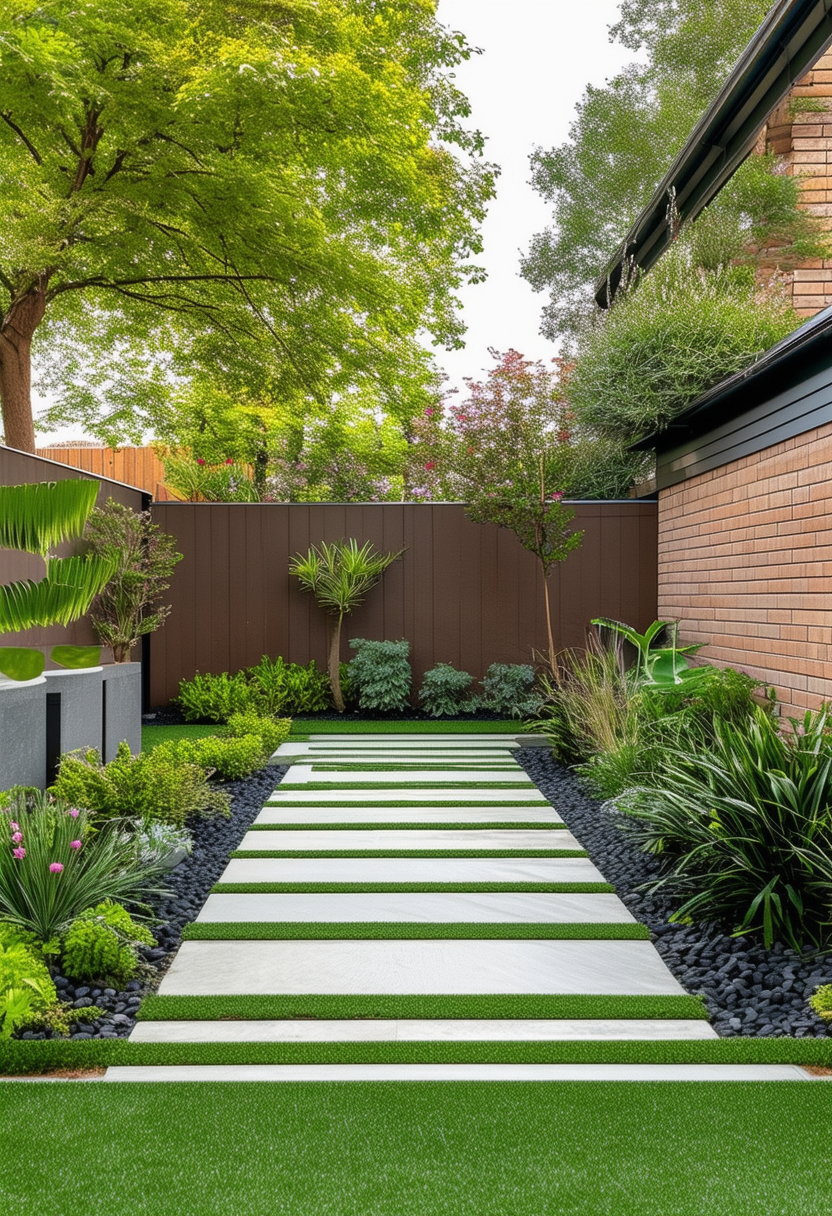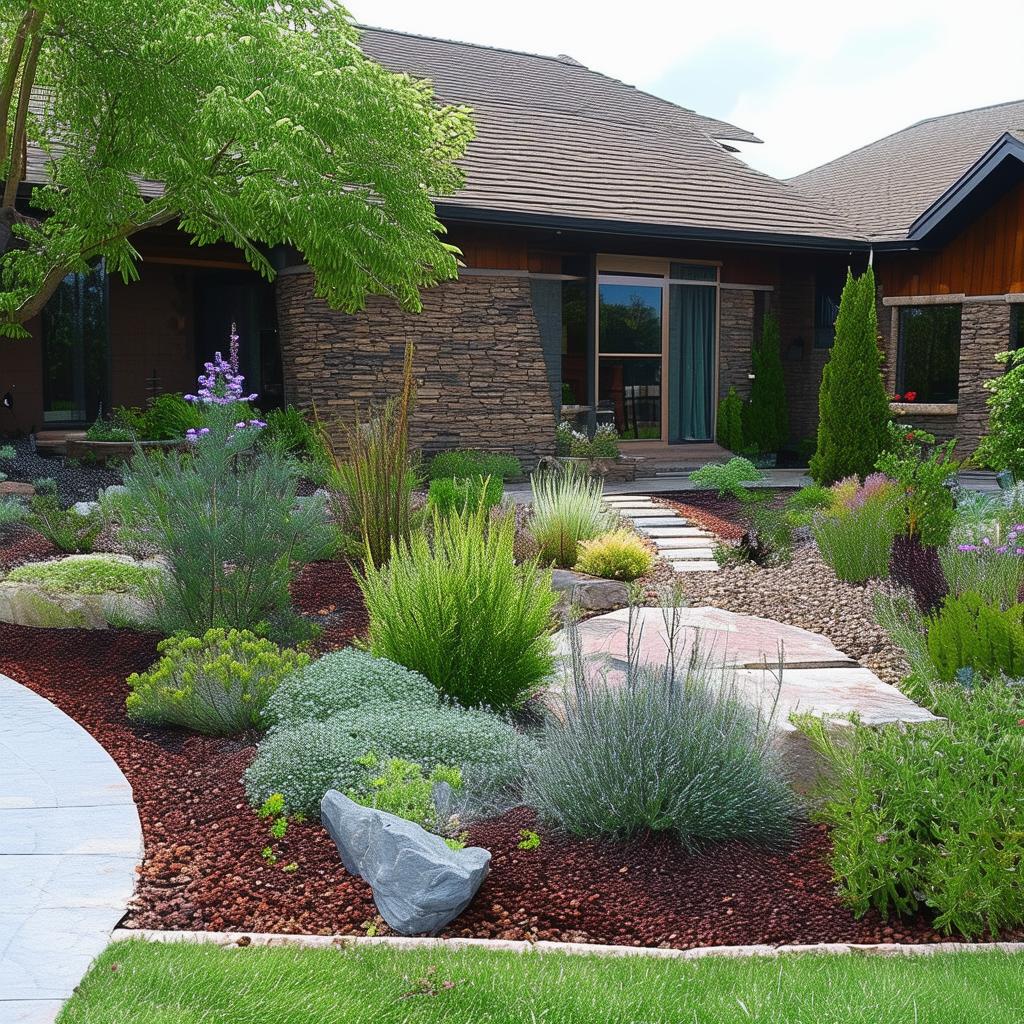Imagine stepping into a world where every corner is a picturesque masterpiece, where the beauty of nature intertwines seamlessly with the elegance of design. Welcome to the enchanting realm of small garden landscaping ideas, where even the tiniest outdoor spaces are transformed into stunning havens of tranquility and charm. In this article, we will explore a myriad of gorgeous glimpses that will inspire you to re-imagine and elevate your own small garden oasis.
Table of Contents
- Creating an Outdoor Oasis in Limited Space
- Maximizing Greenery with Vertical Gardens
- Incorporating Colorful Blooms for Vibrant Appeal
- Utilizing Tiered Planters for Added Dimension
- Designing a Cozy Seating Area for Relaxation
- Enhancing Privacy with Strategic Foliage Placement
- Integrating Water Features for a Tranquil Atmosphere
- Balancing Hard and Soft Surfaces for Visual Interest
- Adding Lighting for Ambiance and Functionality
- Maintaining a Small Garden Landscape for Long-Term Beauty
- Q&A
Creating an Outdoor Oasis in Limited Space

Are you looking to transform your small outdoor space into a lush oasis? With some creativity and strategic planning, you can create a stunning garden landscape that will make your limited space feel like a retreat. Here are some small garden landscaping ideas to help you maximize the beauty and functionality of your outdoor space:
-
- Vertical Gardens: Utilize vertical space by installing trellises, hanging planters, or wall-mounted containers to add greenery without taking up valuable floor space.
-
- Multipurpose Furniture: Opt for furniture pieces that double as storage, such as benches with built-in compartments or coffee tables with hidden storage. This will help you keep your outdoor space organized and clutter-free.
-
- Cozy Seating Areas: Create inviting seating areas with comfortable outdoor furniture, throw pillows, and blankets. Adding a rug and some outdoor lighting can help to define the space and create a cozy atmosphere.
Don’t be afraid to get creative with your small garden landscaping. Think outside the box and experiment with different plants, materials, and layouts to find what works best for your space. Whether you have a balcony, patio, or tiny backyard, there are endless possibilities for creating a beautiful outdoor oasis that you can enjoy year-round.
Maximizing Greenery with Vertical Gardens
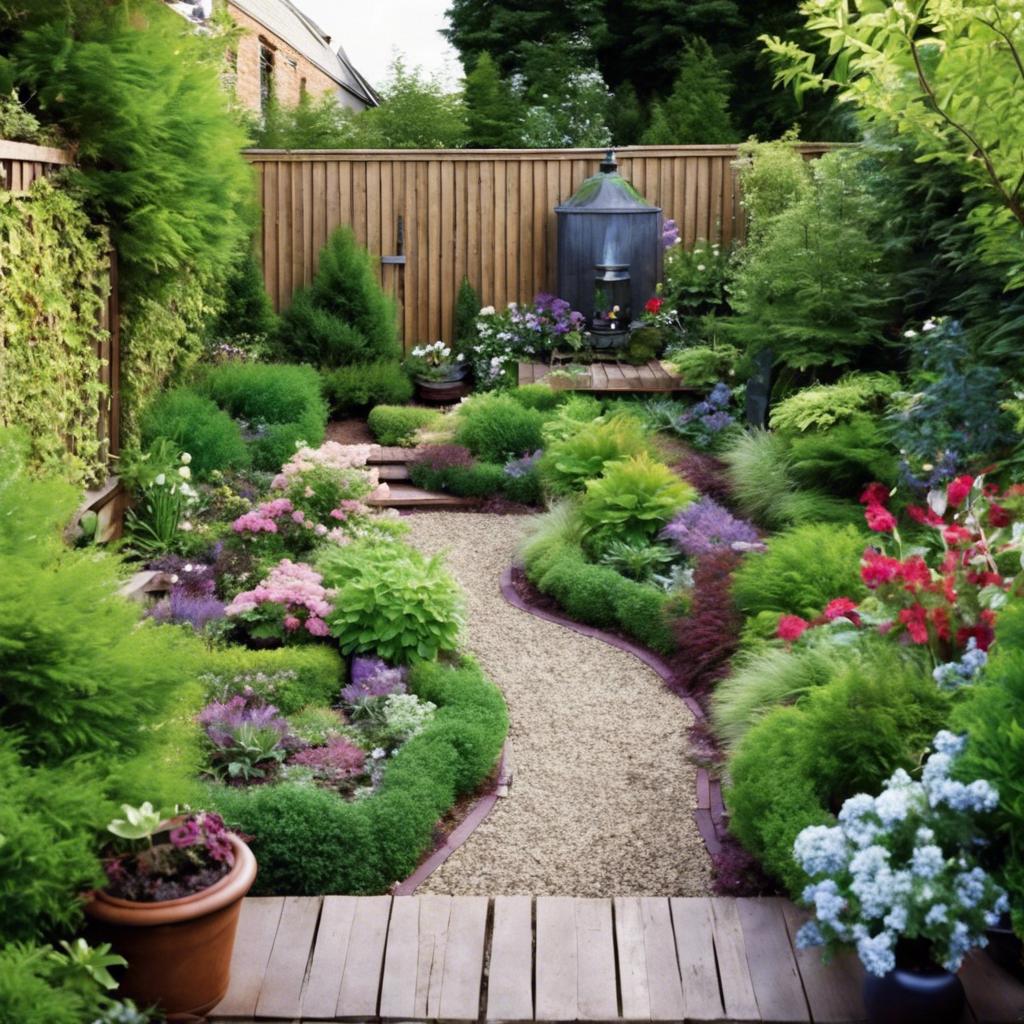
Vertical gardens are a fantastic way to maximize greenery in small spaces and add a touch of beauty to any outdoor area. By utilizing vertical space, you can create a stunning display of plants and flowers that will transform even the smallest of gardens into a lush oasis. With a bit of creativity and some careful planning, you can create a vertical garden that is not only visually appealing but also functional and sustainable.
One of the key benefits of vertical gardens is their versatility. Whether you have a tiny balcony, a narrow patio, or a cramped courtyard, vertical gardens can be customized to fit your space constraints. By using a variety of hanging planters, trellises, and wall-mounted containers, you can create a vertical garden that is as unique as it is beautiful. Plus, vertical gardens can be easily moved or rearranged, allowing you to change up your garden design whenever you feel like it.
In addition to their aesthetic appeal, vertical gardens also offer a range of practical benefits. By planting vertically, you can maximize the amount of greenery in your garden, helping to improve air quality and create a more peaceful and relaxing environment. Vertical gardens can also help to insulate your home, reducing noise pollution and lowering energy bills. So why not elevate your garden design with a stunning vertical garden that will make your outdoor space truly shine?
Incorporating Colorful Blooms for Vibrant Appeal
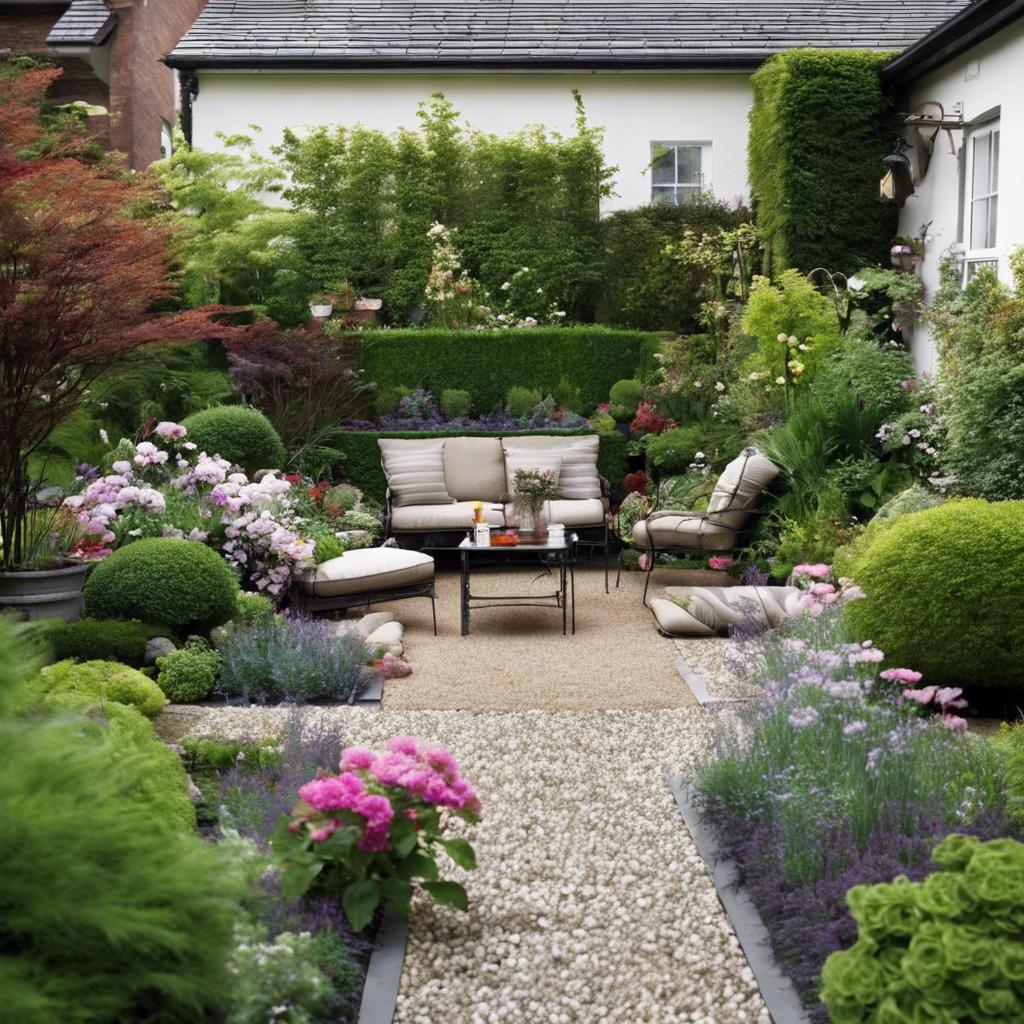
One of the most effective ways to add a pop of vibrancy to your small garden landscaping is by incorporating colorful blooms. Whether you prefer bold, bright flowers or delicate pastel hues, flowers can instantly elevate the appeal of your outdoor space. Consider planting a mix of annuals and perennials to ensure year-round blooms that will keep your garden looking lively and inviting.
When selecting flowers for your garden, think about the overall color scheme you want to achieve. Bold, contrasting colors can create a striking visual impact, while a more harmonious palette can evoke a sense of calm and balance. Don’t be afraid to mix and match different shades and textures to create a dynamic and visually interesting garden landscape.
In addition to choosing the right flowers, be mindful of their placement in your garden. Grouping together flowers with similar colors or planting them in clusters can create a cohesive look and make a bold statement. Remember to also consider the height and blooming season of the flowers to ensure a well-balanced and visually appealing garden design.
Utilizing Tiered Planters for Added Dimension
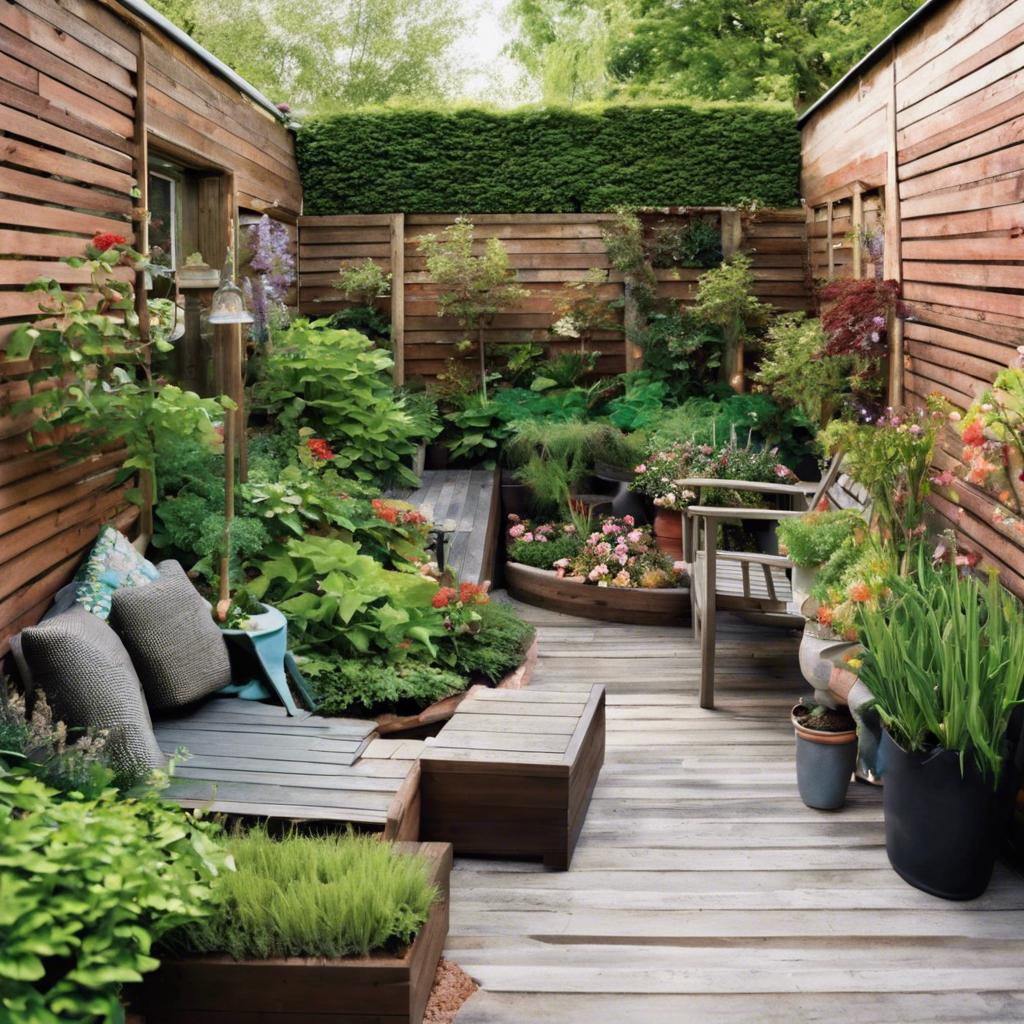
Tiered planters are a fantastic way to create visual interest and add depth to a small garden space. By stacking planters of varying sizes and shapes on top of each other, you can showcase a variety of plants at different heights, creating a dynamic and multi-dimensional landscape.
One of the key benefits of utilizing tiered planters is the ability to maximize space. With limited square footage, vertical gardening allows you to make the most of your small garden area. You can plant a mix of flowers, herbs, and vegetables in the different levels, creating a lush and vibrant display that is both functional and aesthetically pleasing.
In addition to adding dimension and maximizing space, tiered planters can also help with organizing your garden. By planting similar types of plants in each tier, you can create a visually cohesive and harmonious look. Consider grouping together a collection of succulents in one tier, colorful annuals in another, and fragrant herbs in a third for a well-rounded and stunning garden design. And don’t forget to play around with different textures, colors, and heights to create a truly unique and beautiful display.
Designing a Cozy Seating Area for Relaxation
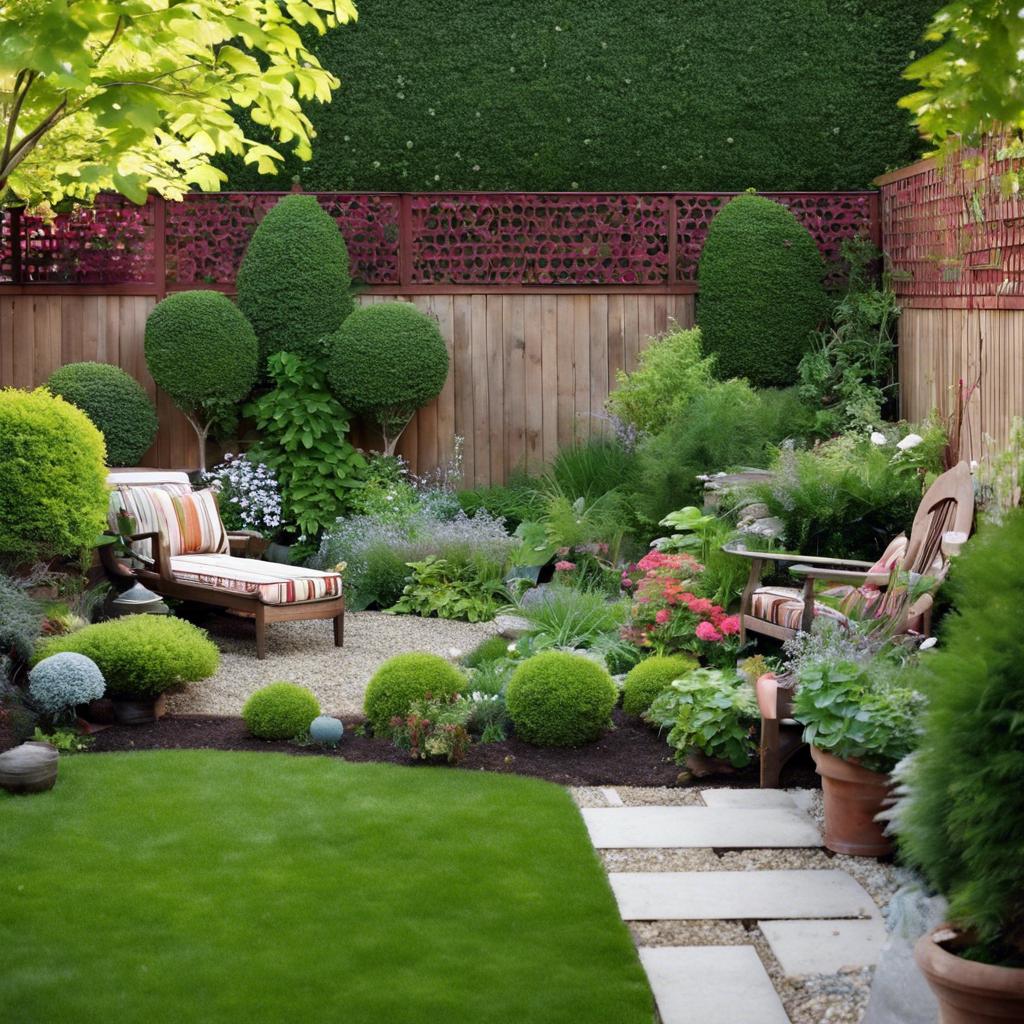
Creating a cozy seating area in your small garden can provide the perfect spot for relaxation and unwinding after a long day. To achieve this, consider using comfortable seating options such as plush outdoor chairs or a cozy bench. Adding soft cushions and throw blankets can further enhance the comfort and inviting atmosphere of the space.
When designing your seating area, don’t forget to incorporate elements of nature to create a tranquil setting. Surrounding the space with potted plants, hanging baskets, and colorful flowers can help to create a peaceful oasis in your garden. Additionally, adding a small water feature such as a fountain or birdbath can add a soothing element to the space.
Lighting is an important aspect of creating a cozy seating area for relaxation. Consider incorporating string lights, lanterns, or solar-powered pathway lights to create a warm and inviting ambiance in the evening. Adding a fire pit or outdoor fireplace can also provide both warmth and a cozy focal point for gatherings with friends and family.
Enhancing Privacy with Strategic Foliage Placement
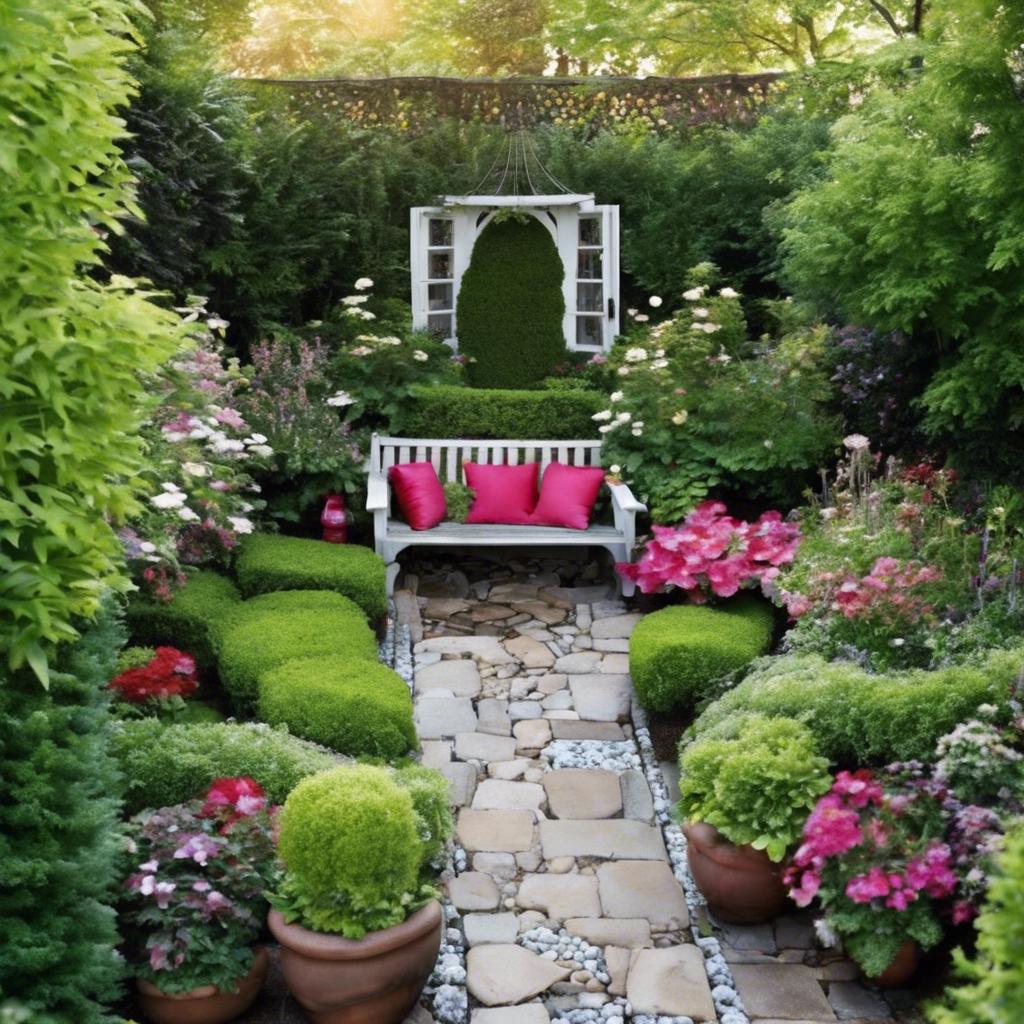
One of the most beautiful ways to enhance privacy in your garden is by strategically placing foliage to create natural barriers. By strategically planting trees, shrubs, and flowers, you can create a serene oasis that not only offers privacy but also adds beauty to your outdoor space. Consider creating a lush green wall of ivy or bamboo to shield your garden from prying eyes.
Planting a variety of trees and shrubs of different heights and textures can create layers of privacy in your garden. For example, tall evergreen trees like cedar or pine can create a sense of seclusion, while flowering shrubs like hydrangeas or azaleas can add color and vibrancy to your space. Consider planting a mix of deciduous and evergreen plants to ensure year-round privacy.
Don’t forget the power of hardscaping to enhance privacy in your garden. Adding a lattice fence or trellis covered in climbing vines can add charm and privacy to your space. You can also create intimate seating areas by strategically placing potted plants or small trees around a cozy bench or table. By combining strategic foliage placement with thoughtful hardscaping, you can create a private outdoor retreat that is as beautiful as it is functional.
Integrating Water Features for a Tranquil Atmosphere
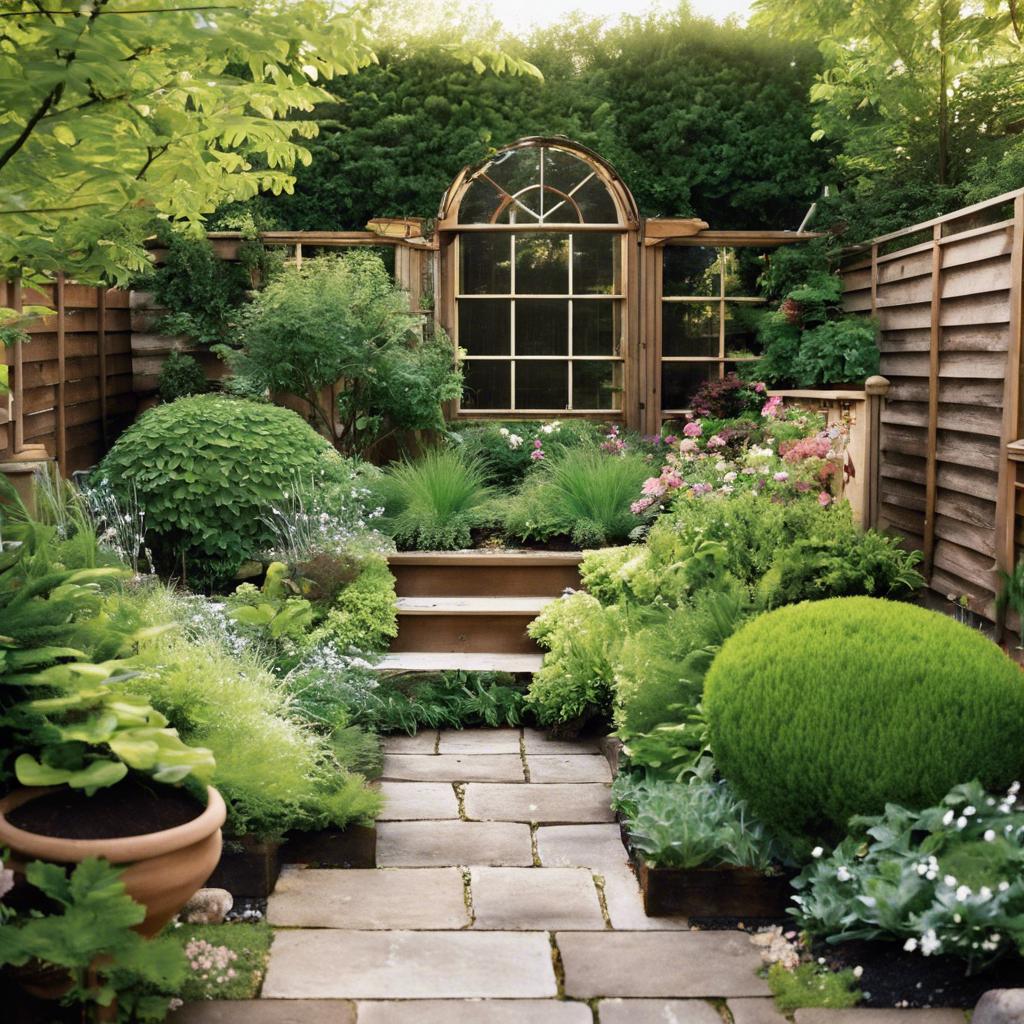
Adding water features to your small garden can elevate its ambiance to a whole new level. Imagine the tranquil sounds of a bubbling fountain or the shimmering reflections of a small pond, creating a sense of peace and serenity in your outdoor space. These elements not only add visual interest but also provide a relaxing atmosphere for you to unwind and de-stress after a long day.
One idea for integrating water features into your small garden is to create a mini pond using a stylish container. Simply choose a decorative pot or basin, add water, and perhaps some aquatic plants or small fish for added visual appeal. This simple yet effective design element can transform a corner of your garden into a peaceful retreat.
If space is limited, consider incorporating a wall-mounted water feature. A sleek, modern fountain can be mounted on a wall or fence, providing the soothing sound of flowing water without taking up valuable floor space. This type of water feature adds a touch of elegance to your garden while creating a calming atmosphere for relaxation and contemplation.
Balancing Hard and Soft Surfaces for Visual Interest
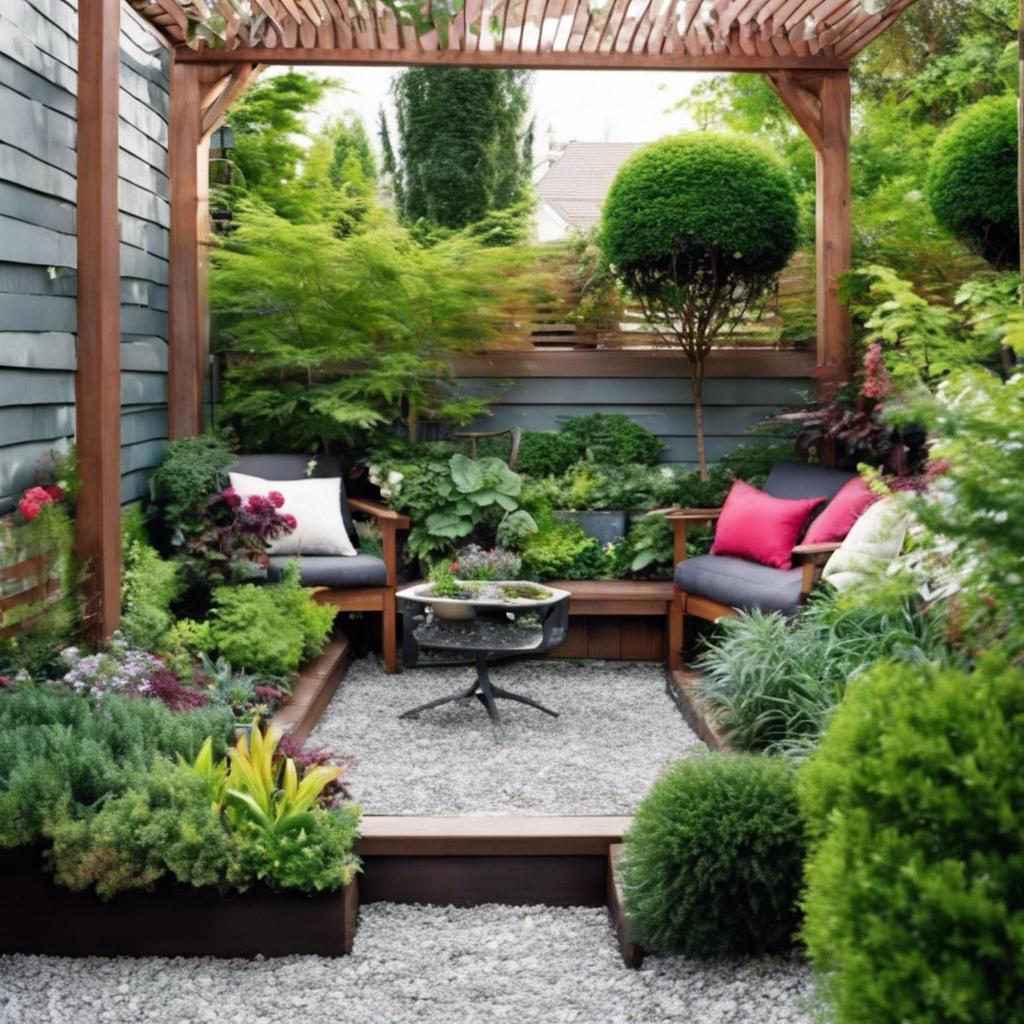
When designing a small garden, it’s important to create balance between hard and soft surfaces in order to keep the space visually interesting. Incorporating a mix of materials such as concrete, gravel, and wood can add depth and texture to the landscape. By blending hard surfaces like paving stones or a deck with softer elements like grasses or flowering plants, you can create a harmonious and inviting outdoor space.
Consider adding a small seating area with a gravel or stone base surrounded by lush greenery. This creates a cozy nook where you can relax and enjoy the beauty of your garden. Adding a water feature, like a small fountain or pond, can also help to soften the space and create a sense of tranquility.
| Hard Surfaces | Soft Surfaces |
|---|---|
| Concrete | Grasses |
| Paving Stones | Flowering Plants |
| Wood Deck | Ground Cover |
Remember, the key to successful small garden landscaping is finding the right balance between hard and soft surfaces. Experiment with different materials and textures to create a space that is both visually appealing and functional.
Adding Lighting for Ambiance and Functionality
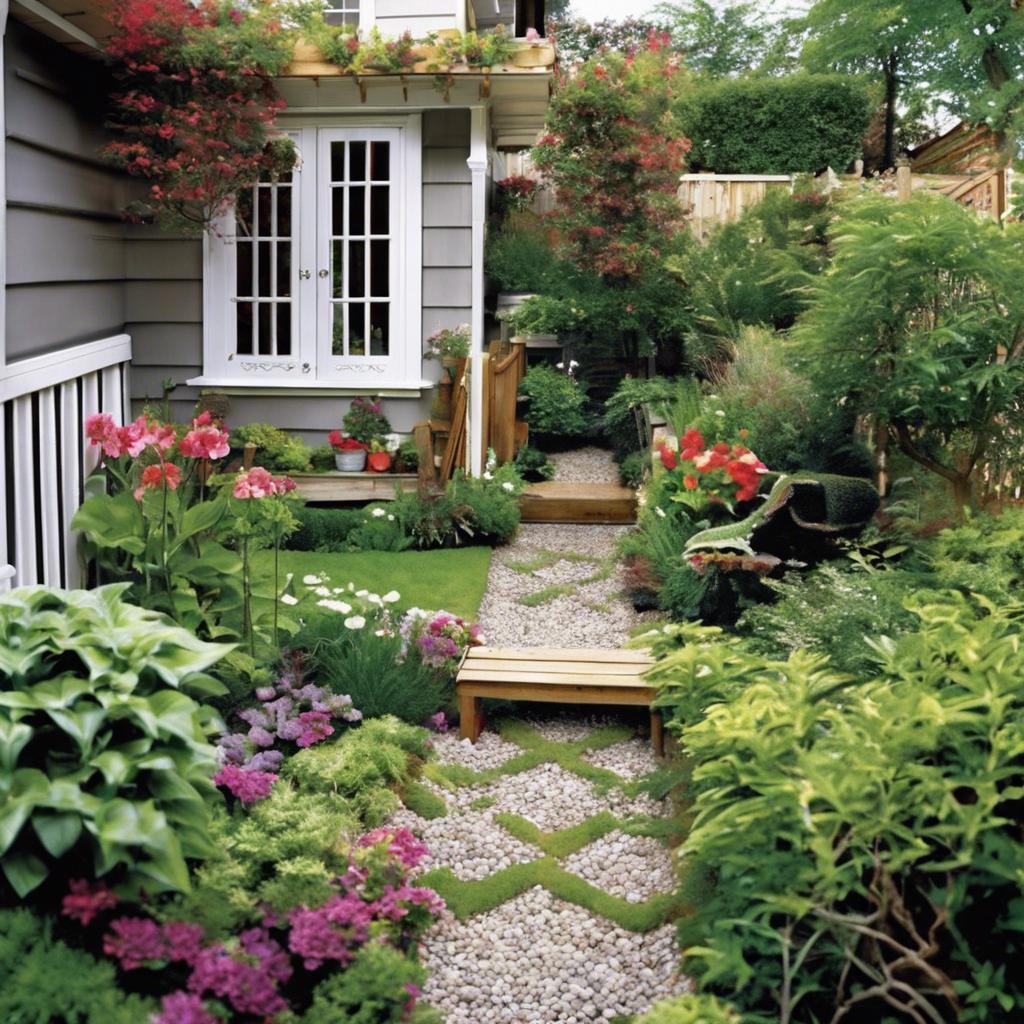
Enhancing your small garden with the right lighting can create a magical ambiance while also increasing functionality. By strategically placing lights throughout the space, you can highlight key features, create focal points, and extend the usability of your garden well into the evening.
One idea is to use **string lights** to add a warm and inviting glow to your garden. These can be draped along fences, wrapped around trees, or hung above seating areas to create a cozy atmosphere. Another option is to install **solar-powered path lights** to not only illuminate walkways but also add a touch of charm to your garden.
For a more dramatic effect, consider incorporating **LED spotlights** to highlight architectural elements, plants, or décor. These can be strategically placed to create depth and dimension in your garden. By combining different types of lighting, you can achieve a beautiful balance between ambiance and functionality in your small garden.
Maintaining a Small Garden Landscape for Long-Term Beauty
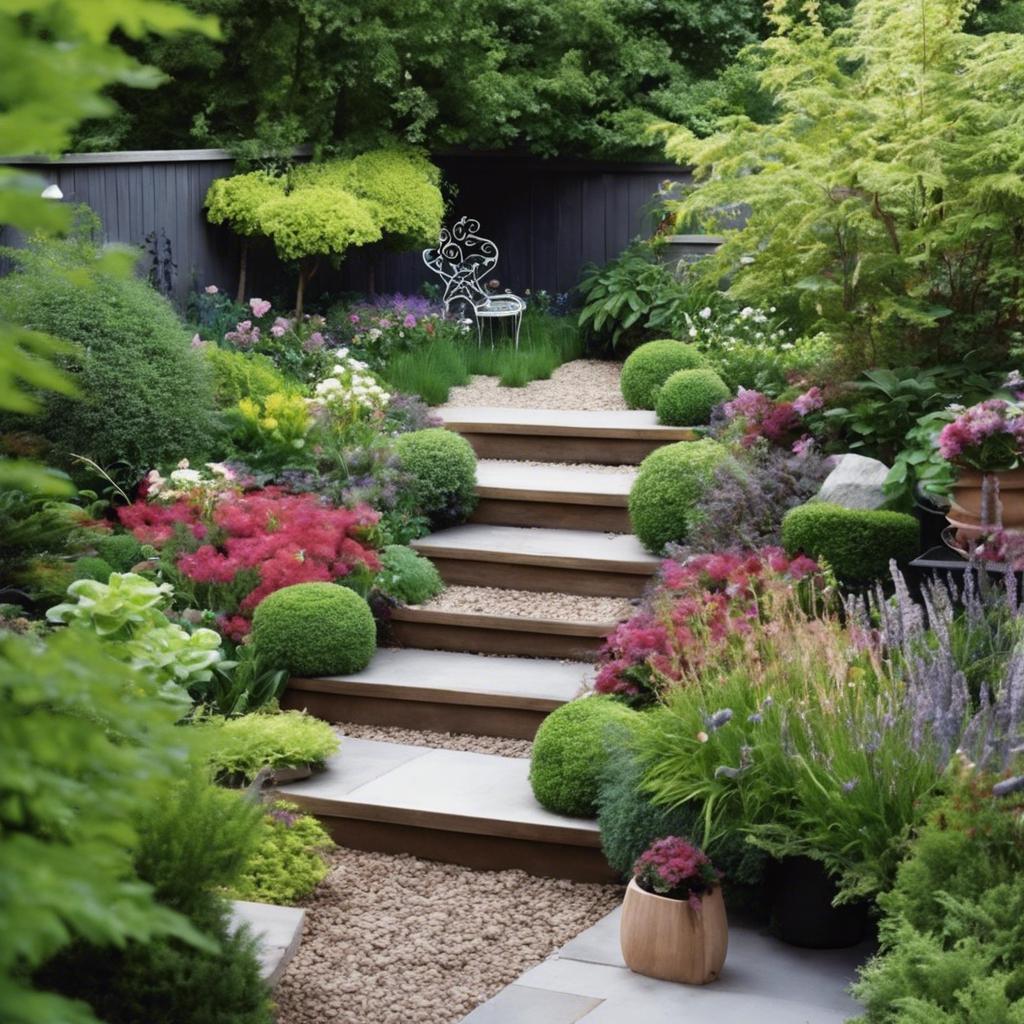
Creating and maintaining a small garden landscape can be a rewarding experience that adds beauty and charm to your outdoor space. To keep your garden looking stunning for the long term, it’s important to incorporate some key landscaping ideas. Consider adding a mix of colorful flowers, lush greenery, and unique accessories to create a visually appealing space that you can enjoy year-round.
One way to ensure your small garden stays beautiful is to choose plants that are low-maintenance and suitable for your climate. Opt for drought-tolerant flowers and shrubs that require minimal watering and upkeep. Incorporate a variety of plant species to add texture and depth to your garden, creating a dynamic and interesting landscape that will capture the attention of visitors.
Don’t forget to add some personal touches to your small garden, such as decorative paving stones, ornamental sculptures, or a cozy seating area where you can relax and enjoy the beauty of your surroundings. By incorporating these elements into your garden design, you can create a peaceful oasis that brings joy and tranquility to your outdoor space for years to come.
Q&A
Q: What are some small garden landscaping ideas that can make a big impact?
A: From vertical gardening to creating different levels with raised beds, there are endless ways to maximize a small garden space.
Q: How can lighting be incorporated into small garden landscaping?
A: String lights, lanterns, and strategically placed spotlights can add a magical touch to a compact garden, making it feel more spacious and inviting.
Q: What types of plants are best suited for small garden landscaping?
A: Dwarf varieties of trees and shrubs, as well as compact perennials and ornamental grasses, are ideal for adding beauty without overwhelming a small space.
Q: How can a small garden incorporate water features?
A: From a small bubbling fountain to a stylish container pond, adding a water feature can create a sense of tranquility and luxury in a tiny garden.
Q: Are there any specific design techniques that work well for small garden landscaping?
A: Using mirrors to create the illusion of depth, incorporating a focal point to draw the eye, and layering plants with varying heights can all help in maximizing the visual appeal of a small garden.
